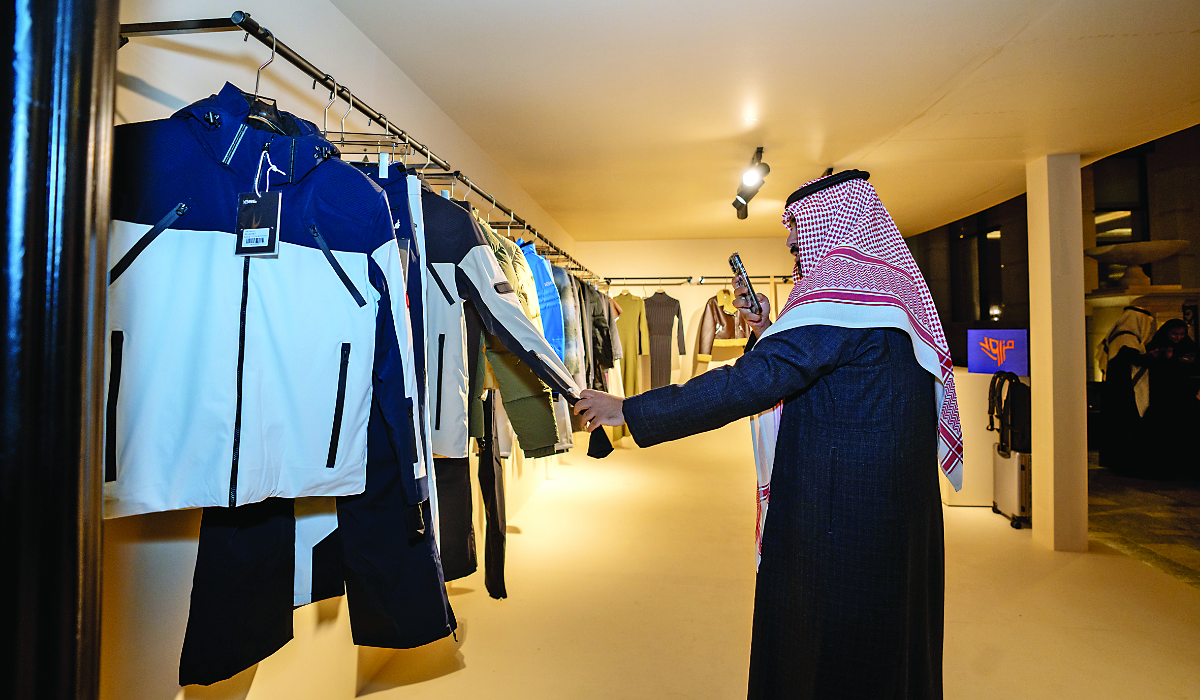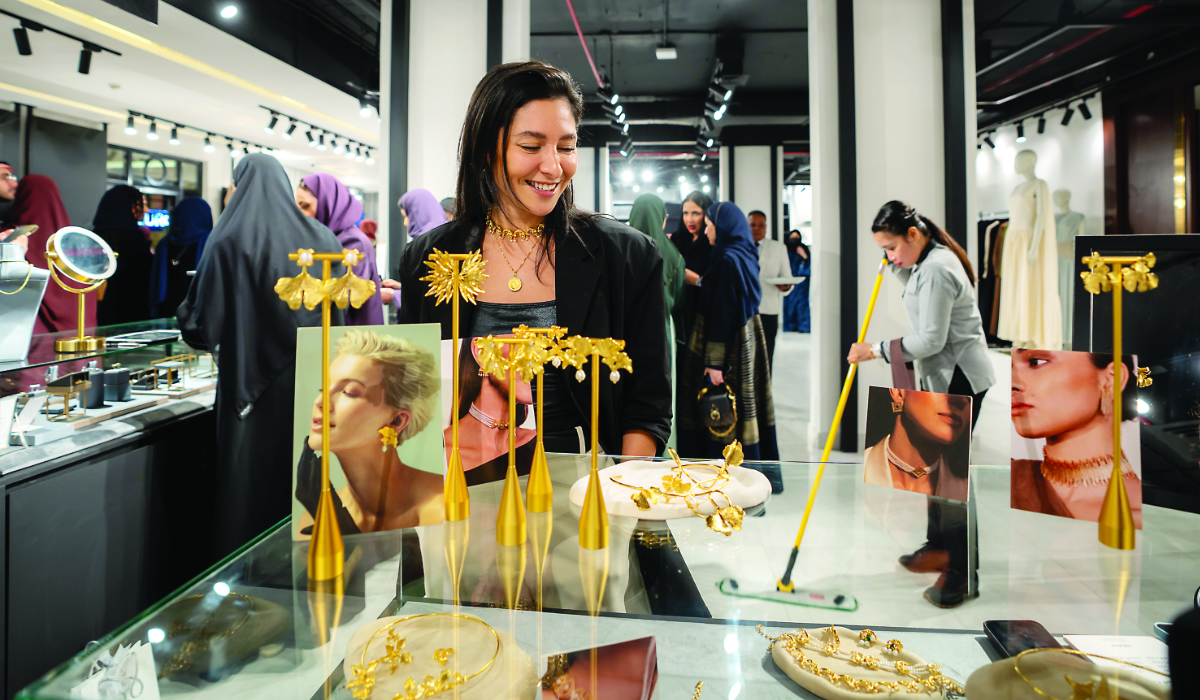Ramadan is also a time when families come together to share meals at iftar (the end of the fast) at sunset. Hence food and cooking become major elements at this time. While some like to experiment, others stick to the usual fare of dates and wheat porridge, doing them the ultimate way. Here are two international recipes — a main course and a dessert — from top chefs in the business. Although these traditional recipes with their modern twists are perfect for any time of the year, they promise to be star attractions at your iftar table.
I. Lasagna Bolognese
Executive Chef Vincenzo Raschella at Il Villaggio restaurant, Jeddah, says his Lasagna Bolognese is perfect for iftar as the body needs a full stable meal, which has veggies, starch and protein.
“Families enjoy having iftar together and sharing food. Not only is Lasagna a very traditional dish from Italy, it is also the perfect dish that can be prepared easily. Just get the family prepare the Lasagna together, one places the layers of pasta, another spreads the Bechamel sauce, another the beef ragu and one can sprinkle the cheese on top. That will engage the family in the preparation of the dish. Later on during the meal, just place the ready Lasagna in its pan on the dining table so everybody can share it and enjoy its delicious taste,” said the chef.
Ingredients
Bechamel sauce, 500 g
Bolognese ragu sauce, 500 g
Parmigiano Reggiano cheese, 150 gr
Fresh egg pasta for lasagna, 300 g
(Can be substituted with dry lasagna pasta sheets which are available at supermarkets)
Extra virgin olive oil
One pan about 20x15 cm size
Bolognese ragu sauce
Coarsely ground lean beef, 300 g
Chopped onion, 50 g
Carrot diced, 50 g
Celery diced, 50 g
Tomato peeled (canned), 300 g
White grape juice (non-alcoholic wine), 100 ml
Fresh milk, 150 ml
Extra virgin olive oil, 150 ml
3 pc bay leaves
Black pepper and salt to taste
Chicken & beef stock
Directions
Place extra virgin olive oil in a thick base large stainless steel sauce pot, add the onion and keep stirring until the onion is translucent. Add the carrot and celery and the bay leaves and keep cooking until the vegetables start to soften and get some color. Raise the flame to very high and add the ground meats, previously mixed and seasoned with salt and black pepper and mixed well, by hand (wear gloves). Keep cooking and stirring with a wooden spoon until the meat is well done.
Pour in the white grape juice and keep cooking until the juice has evaporated. Process briefly the peeled tomatoes in the food mill and add to the pot and continue cooking slowly over a low flame for at least 2 hours, if it becomes too dry add some beef stock. Add some milk and some chicken stock, stir and leave to slow boiling at low flame. Keep going with the milk and the stock for 60 minutes at low flame.
Plating
Add a thin layer of olive oil and spread a spoonful of sauce at the bottom of the pan. After this, begin to lay down the sheets of lasagna. You can cut them to fit the size of your pan and use the trimmings to cover any space leftover. Now add a layer of bechamel, spread it out, and add another layer of ragu sauce. Keep in mind that you’ll want to make about four layers including the cover, so measure your ingredients according to the room you have in the pan. Now, sprinkle with a layer of grated Parmigiano Reggiano cheese. Go on like this with the other layers.
In the last layer spread the béchamel right up to the corners, and finish everything with a layer of ragu sauce. The last layer can get a bit more sauce than the rest. Give a generous sprinkling of the parmesan, and now we’re ready to bake the lasagna for about an hour at 320°F (160°C).
II. Cheesecake
Chef Mohamed Naim at Movenpick Hotel & Residences Hajar Tower Makkah said his classic cheesecake recipe is best for both iftar and suhoor, especially iftar, as the body needs something sweet to stabilize the sugar level in blood after long hours of fasting.
Ingredients
2 cups graham cracker crumbs
1 cup plus 2 tablespoons granulated sugar, divided
1/2 cup butter (1 stick) melted and cooled
3 (8-ounce) packages of cream cheese softened to room temperature
3 eggs, room temperature
1 teaspoon pure vanilla extract
1 tablespoon fresh-squeezed lemon juice
1 cup heavy cream, room temperature
Directions
Preheat oven to 350 degrees F. (315 degrees F. for convection oven). Wrap the bottom of an 8-inch spring form Pan with two layers of heavy-duty aluminum foil. Set aside another oven-proof pan that this can sit into. You will use these as a water bath when cooking your cheesecake, so make sure the aluminum foil come up high enough to keep water out of your cheesecake. Cut a round piece of parchment to cover the bottom of the spring form pan, and set it in. Mix the graham cracker crumbs, two tablespoons of sugar, and the cooled butter in the bottom of the spring form pan.
Once it begins to cling together, use a flat object, such as a cup or glass, to firmly press the cookie crumb mixture onto the bottom of the pan and half way up the sides. Place this pan into the larger ovenproof pan and set aside.
Beat the cream cheese for a minimum of 3 minutes; add the remaining 1 cup sugar and beat this mixture until it is light and creamy.
Add the eggs, one at a time, beating at medium speed after each one is added. Increase the speed of the mixer to high and let this mix while you add the lemon juice and vanilla to your cream mixture.
Stir the lemon juice and vanilla into the cream to mix well.
This will curdle the cream, so don’t be surprised to see some lumpiness in the cream.
On low speed of the mixer, carefully add the cream mixture and mix well at medium speed. As before, frequently scrape down the sides and the beaters so that the mixture is smooth.
Pour the mixture into the prepared spring form pan.
Place the two (2) pans into the oven on the middle rack, and fill the larger, outside pan with hot water until it is about half way up the sides of your cheesecake pan.
Bake this until it is golden brown and the edges are firm to about 1 inch in on the pan, about 40 to 45
minutes.
Turn off the oven, crack the door open, but leave the cheesecake in the two pans inside the oven until they are cool enough to touch. During this time, the remaining part of the cheesecake will firm up so that it does not “jiggle” when the pan is moved.
Remove from oven and cool completely on a wire rack.
To remove, simply release the sides and slide the cheesecake up and out of the pan. The parchment round on the bottom of the cheesecake will make it easy to slide the cheesecake onto a serving plate.






























